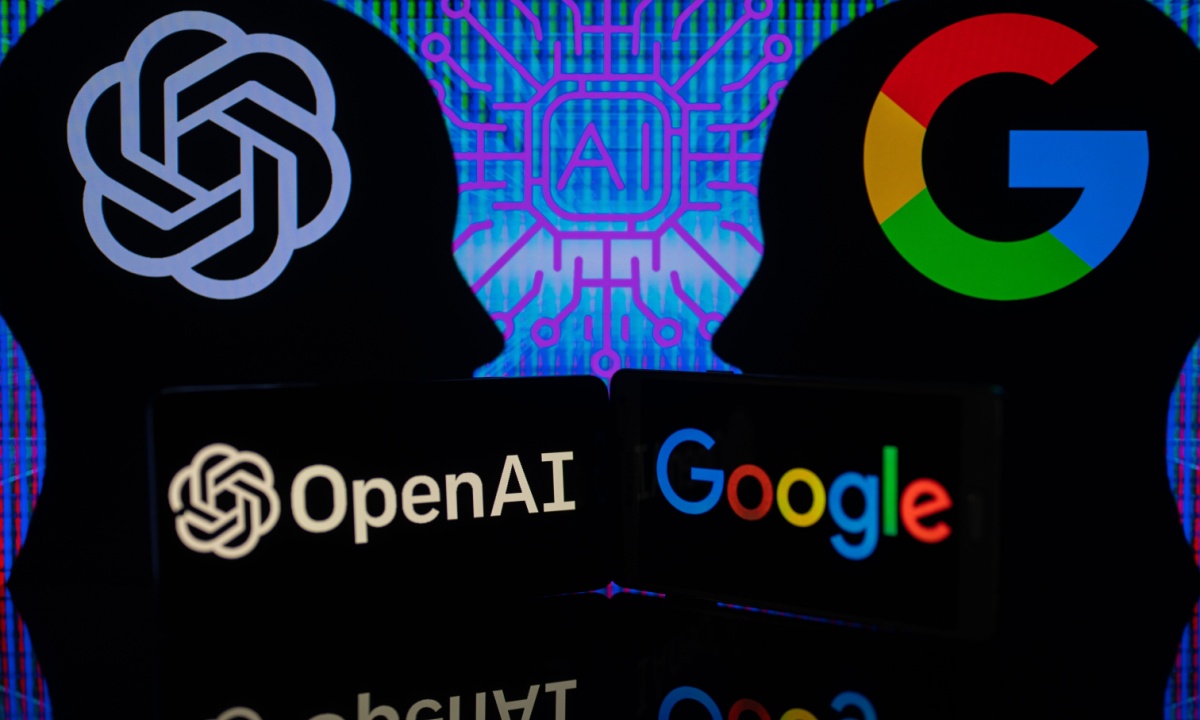Google Cloud Alliance with OpenAI Ushers New Era of Scalable AI Collaboration and Innovation

Google’s Bold Cloud Alliance: New Era in AI Collaboration as OpenAI Joins Forces
Historic Partnership Reshapes Cloud Computing and Artificial Intelligence
In a landscape where technological prowess increasingly defines business success, a high-profile alliance between Google and OpenAI has come to the forefront. Sundar Pichai, renowned for steering Google through waves of innovation, has expressed keen anticipation regarding the arrangement that now allows OpenAI, one of the world’s top artificial intelligence research labs, to leverage Google’s advanced cloud infrastructure. This collaboration grants OpenAI access to highly optimized computational resources, including robust data centers and powerful hardware accelerators, which are critical in the training and deployment of large-scale models. The agreement reflects a pivotal moment, highlighting the convergence of industry giants in pursuit of more scalable, efficient, and potent AI platforms.
The context of this deal is noteworthy. Previously, OpenAI’s cloud computing needs were mostly met by Microsoft’s Azure platform. Seeking greater flexibility and increased capacity, OpenAI has diversified its partnerships, welcoming Google into its ecosystem. This strategic shift emphasizes pragmatic decision-making in a space where infrastructure scale and access to top-tier GPUs—such as those produced by Nvidia—and custom silicon like tensor processing units can determine the speed of AI breakthroughs. As demand for computing bandwidth explodes, Google’s capabilities in managing large clusters, distributed storage, and fast interconnects make them a compelling partner. It is not merely an agreement between peers; it signals how entrenched competitors can recognize mutual benefit in a rapidly evolving technological arms race.
Financial Milestones and Market Dynamics
Recent financial disclosures outline the ripple effects of this move. Google reported a surge in cloud revenue, rising 32% year-on-year and topping $13.6 billion in the second quarter of 2025. This remarkable increase underscores a broader industry hunger for high-powered, AI-enabled infrastructure. The decision to invest an additional $10 billion into cloud and AI data centers further reinforces Google’s resolve to maintain leadership across both infrastructure and generative technologies. The influx of new clientele, particularly OpenAI, provides critical validation. While Google continues to nurture its own generative AI initiatives, securing a customer of OpenAI’s stature cements Google’s relevance in back-end innovation and strengthens its position among top cloud service contenders.
Nevertheless, the nature of this partnership introduces complexity into an environment already marked by intense rivalry. The emergence of new generative applications—especially OpenAI’s conversational interface—has transformed the way users interact with information and challenged traditional paradigms, including search. Google, with decades of expertise in information retrieval, now finds itself adapting at a rapid clip, balancing its own AI product ambitions with the commercial reality that even industry rivals may become valued infrastructure clients. These market dynamics demand agility, with each party seeking to maximize opportunities without sacrificing its core advantages or market influence.
Future Outlook and Implications
The adoption of shared cloud infrastructure by direct competitors signals a new era in artificial intelligence, one in which collaboration and resource pooling may become essential for continued progress. This development marks a turning point in how technology leaders approach mutual growth and sustainability. For OpenAI, the partnership means access to one of the world’s most advanced computational backbones, enabling continued work on complex models and supporting ambitions to deploy ever more capable AI. For Google, this relationship not only brings a major client but also offers an opportunity to showcase cloud performance, reliability, and scalability on a global stage.
As artificial intelligence continues to mature, the boundaries between competition and collaboration are being redefined. Strategic agreements, such as this, are shaping the trajectory of cloud development and the democratization of cutting-edge AI tools. The ability to provide robust, flexible, and efficient cloud computing environments is increasingly recognized as the bedrock of lasting industry influence. In the coming years, the durability and effectiveness of this partnership will be tested against ongoing technological, business, and regulatory challenges. For now, this alliance has energized the field, setting new benchmarks and proving that in the quest for AI excellence, unprecedented coalitions may become the rule rather than the exception.
